Grape Variety
Marsanne
"mar-SAHN"
Wine Styles
 Sparkling
Sparkling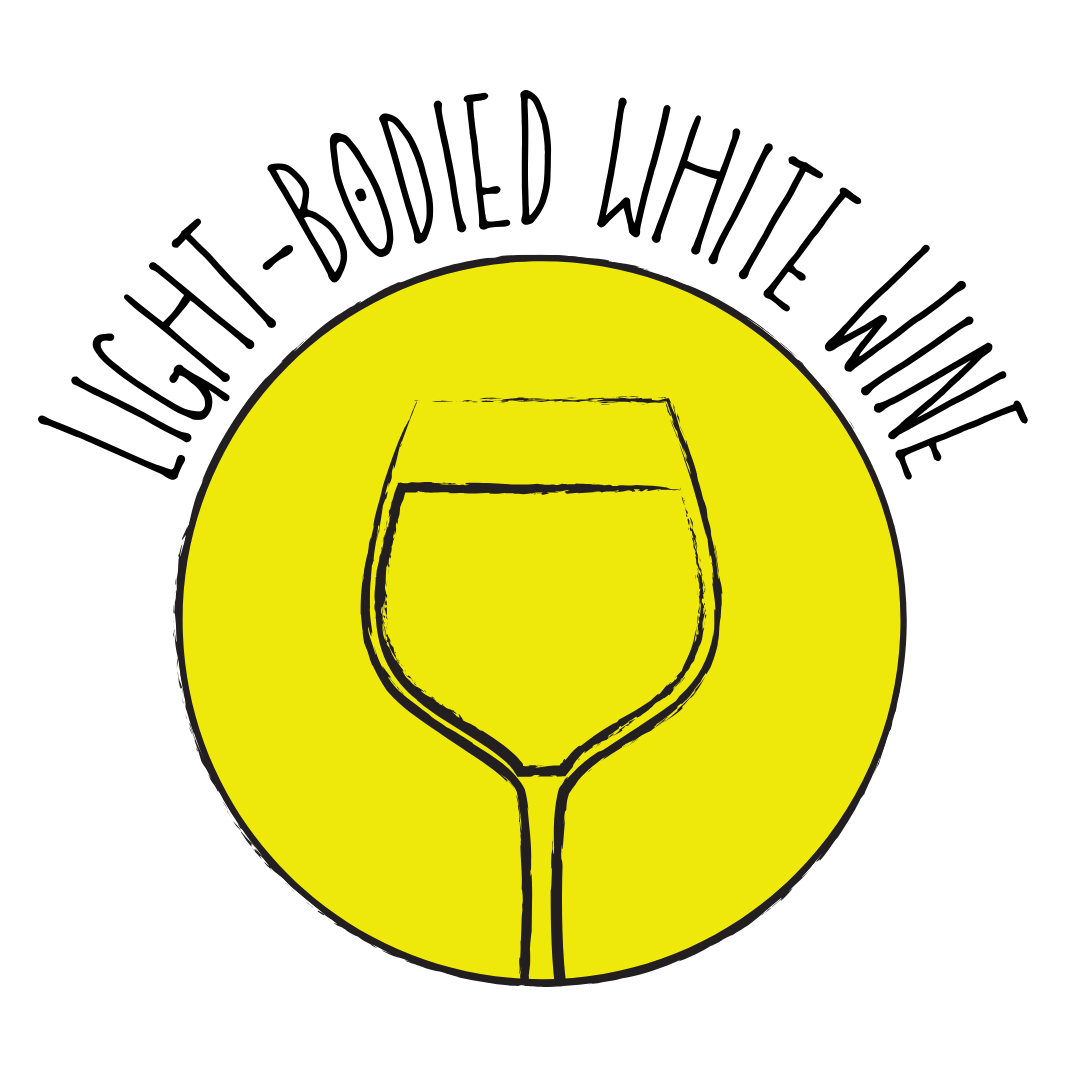 Light White
Light White Full White
Full White Aromatic
Aromatic Rosé
Rosé Light Red
Light Red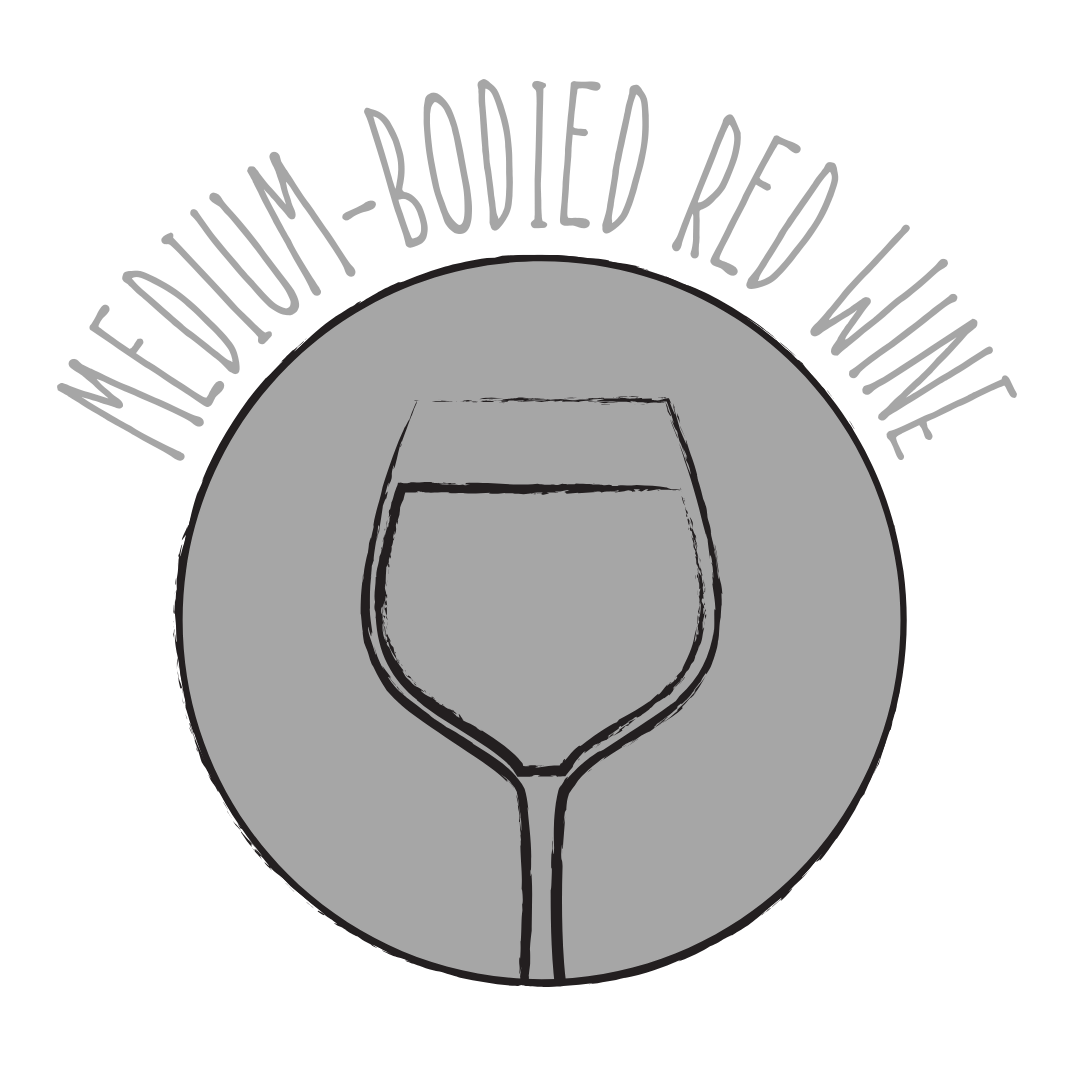 Medium Red
Medium Red Full Red
Full Red Dessert
DessertAbout Marsanne
Origin
Northern Rhône, France
History
Marsanne is a white wine grape variety originating from the Northern Rhône region of France, specifically from the village and abbey of Marsanne in the Drôme department. It is a principal component of the white wines from the Hermitage, Crozes-Hermitage, and Saint-Joseph appellations. The grape is often blended with Roussanne to produce rich, full-bodied wines with aging potential. Outside France, Marsanne is also grown in Switzerland (where it is known as Ermitage Blanc), Spain (as Marsana), Australia, New Zealand, Canada, and the United States.
Appearance
Small to medium-sized, thick-skinned berries with a golden-yellow hue when ripe.
Growing Traits
Marsanne is a relatively late grape variety; it buds nine days after Chasselas, the benchmark variety, and ripens two and a half weeks after it, making it a Period II grape variety. It is a rustic and vigorous vine, fertile and productive. To produce high-quality wines, yield should be limited, for example, by short pruning to reduce load. Marsanne thrives in warm, stony, and not very fertile soils, often found in the Rhône Valley.
Wine Characteristics
Body
3/5
Sweetness
1/5
Tannin
0/5
Acidity
3/5
Alcohol
3/5
Medium to full-bodied with a rich and opulent texture, offering both freshness and complexity. Typically vinified dry, though it can exhibit ripe fruit characteristics. Negligible tannins, as it is a white grape variety, resulting in a smooth finish. Medium acidity, providing balance and enhancing its aging potential. Moderate to high alcohol content, generally around 13-14%, contributing to its richness.
Taste Profile

Honeysuckle

Ripe pear
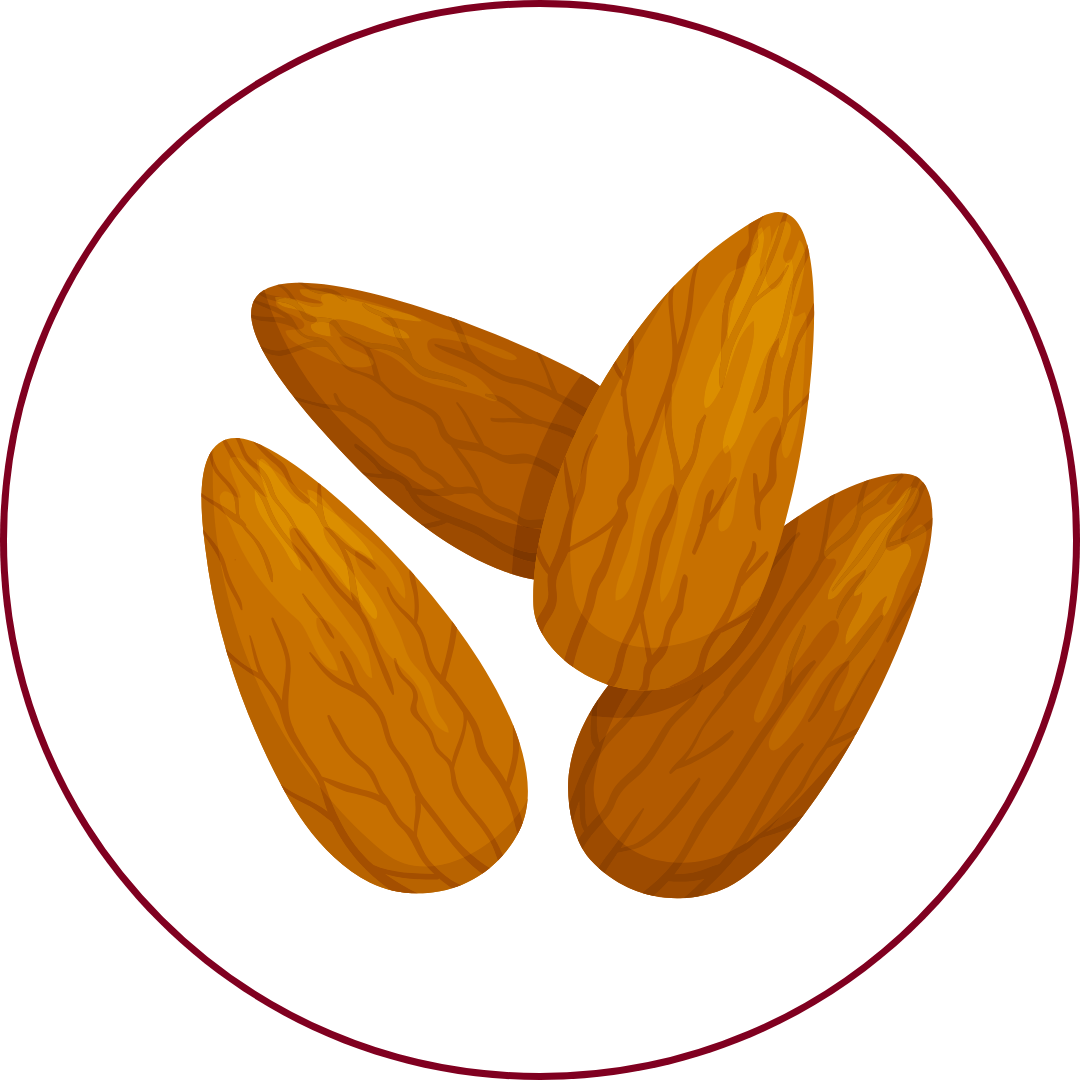
Almond
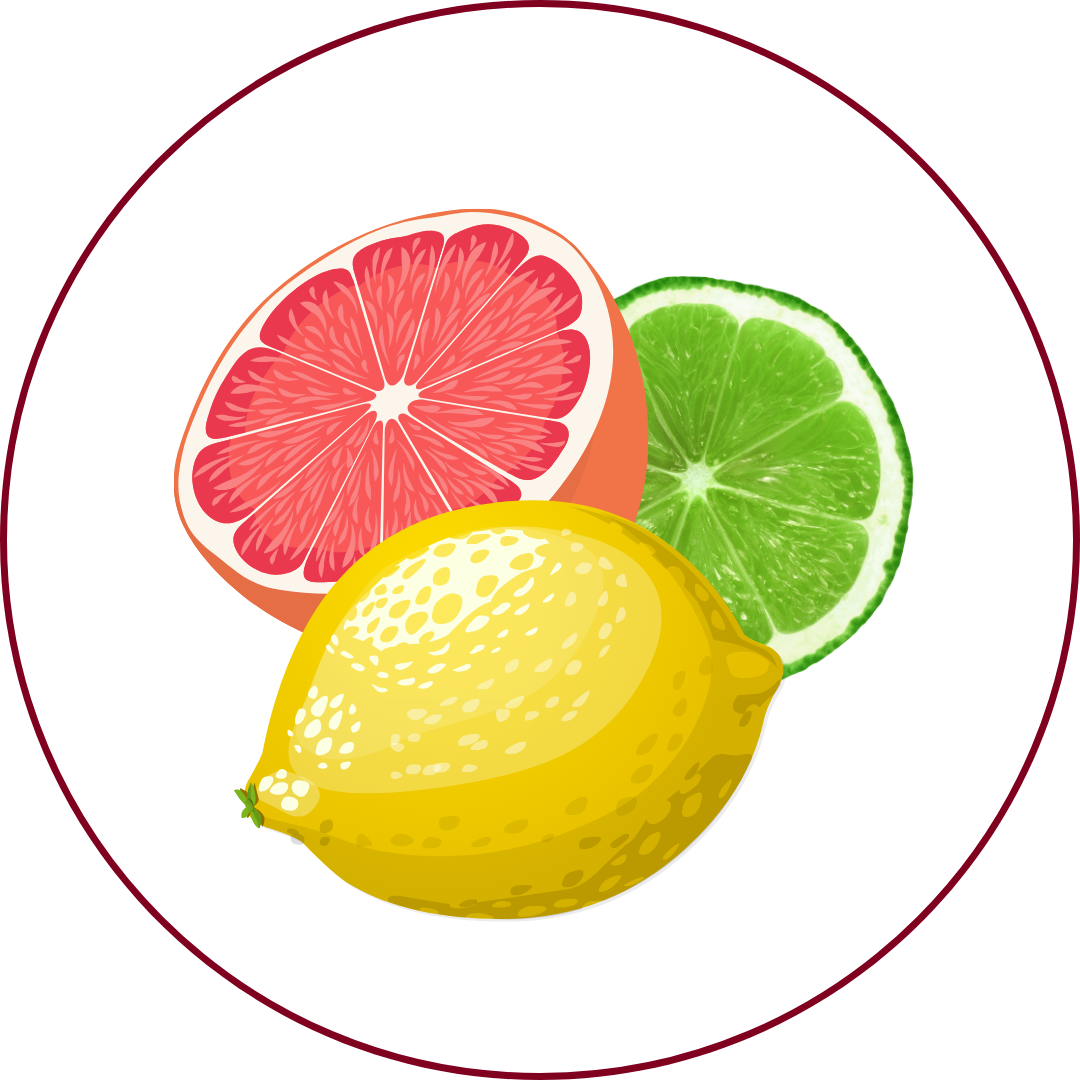
Citrus
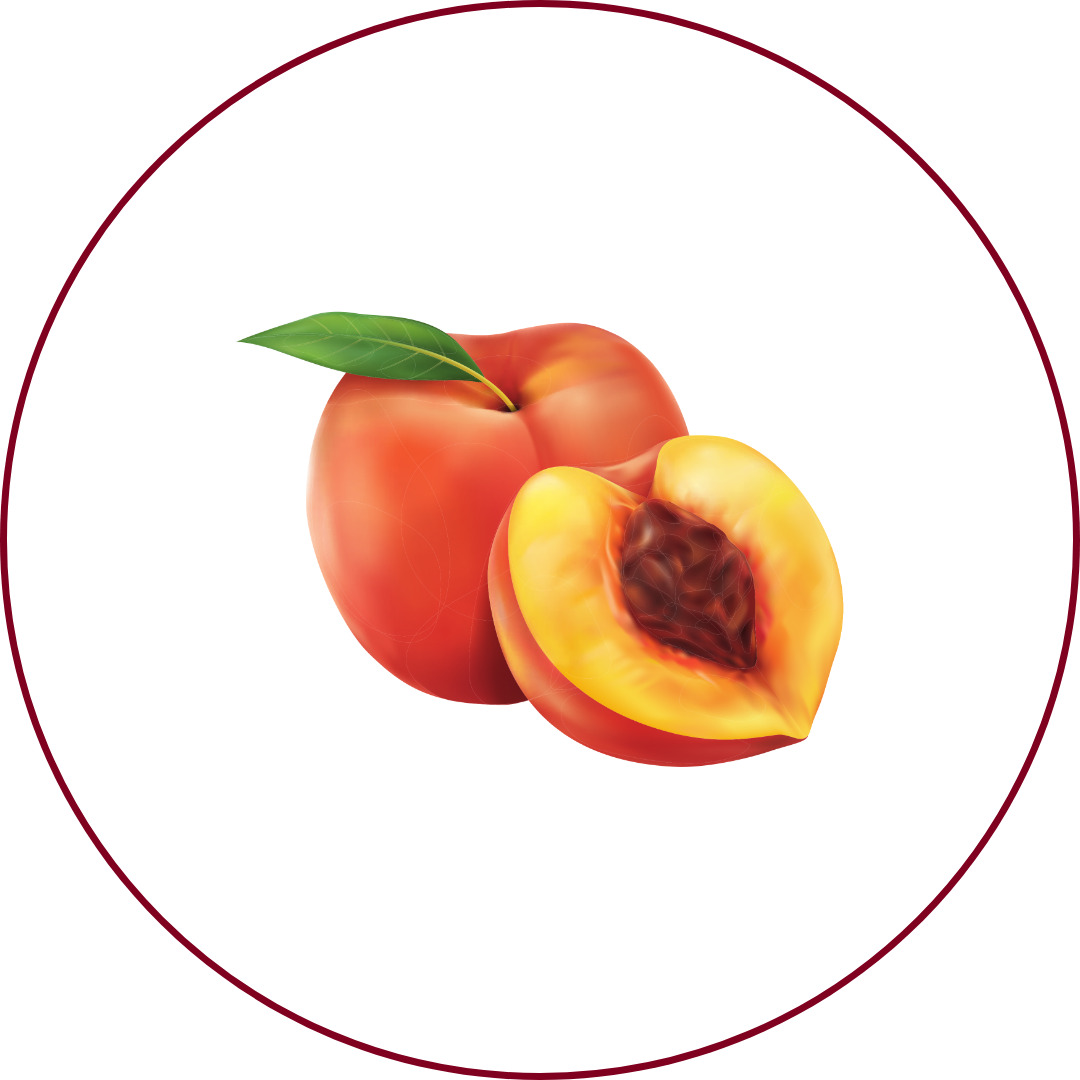
Peach
Marsanne wines are characterized by delicate aromas of honeysuckle, ripe pear, and almond. On the palate, they unfold flavors of citrus and peach, balanced by a refreshing acidity. With age, Marsanne develops complex flavors of honey, baked apples, and marzipan, enhancing its depth and character.
Food Pairing
Marsanne's rich texture and medium acidity make it a versatile companion for various dishes. It pairs well with seafood, especially lobster, crab, and scallops, as well as poultry, veal, and pork dishes. Its weight and complexity also complement creamy sauces and a diverse array of cheeses, both hard and soft.
Growing Regions

France
Northern RhôneHermitageCrozes-HermitageSaint-Joseph

Australia
VictoriaNagambie Lakes

United States
CaliforniaWashington
Notable Wines & Producers
Hermitage Blanc
M. Chapoutier
Jean-Louis Chave
Crozes-Hermitage Blanc
Domaine Alain Graillot
Domaine du Colombier
Tahbilk Marsanne
Tahbilk Winery
Marsanne FAQ
Common questions about this grape variety
What is the origin of Marsanne?
+
Northern Rhône, France
Is Marsanne wine full bodied?
+
Marsanne has a body level of 3 out of 5. Which means that Marsanne is Moderate bodied.
Is Marsanne wine dry or sweet?
+
Marsanne has a dryness level of 1 out of 5. Which means that Marsanne is Dry.
Where is Marsanne wine from?
+
Northern Rhône, France
Where is Marsanne grown?
+
Marsanne is grown in France (Northern Rhône, Hermitage, Crozes-Hermitage, Saint-Joseph)Australia (Victoria, Nagambie Lakes)United States (California, Washington).
What is Marsanne like?
+
Marsanne wines are characterized by delicate aromas of honeysuckle, ripe pear, and almond. On the palate, they unfold flavors of citrus and peach, balanced by a refreshing acidity. With age, Marsanne develops complex flavors of honey, baked apples, and marzipan, enhancing its depth and character.
What does Marsanne pair with?
+
Marsanne's rich texture and medium acidity make it a versatile companion for various dishes. It pairs well with seafood, especially lobster, crab, and scallops, as well as poultry, veal, and pork dishes. Its weight and complexity also complement creamy sauces and a diverse array of cheeses, both hard and soft.
What does Marsanne taste like?
+
Marsanne wines are characterized by delicate aromas of honeysuckle, ripe pear, and almond. On the palate, they unfold flavors of citrus and peach, balanced by a refreshing acidity. With age, Marsanne develops complex flavors of honey, baked apples, and marzipan, enhancing its depth and character.
Take Marsanne Knowledge with You
Access detailed grape profiles, tasting notes, and pairing suggestions on your iPhone.
Download on theApp Store